Tarble prepares for shows
Ceramics and virtual art, one of mankind’s oldest art forms and one more recently developed, are now on display on Eastern’s campus.
“Hardened by Fire: Illinois Ceramics Invitational” and “Virtual Art from the (art)n Laboratory” are on exhibit at the Tarble Arts Center now through the end of September.
The purpose of these exhibits is to display the new art of computer images and ceramics, which is one of the oldest art forms that exists, said Michael Watts, Tarble Arts Center director.
Virtual art from the (art)n laboratory is a collection of colorful, computer-generated images that project from the surface, creating a three-dimensional effect similar to holograms.
“The (art)n laboratory is an artist collaborative in Chicago headed by Ellen Sandor, who is the founding artist and director,” Watts said.
“It’s a team of artists that work with both art and science in the creation of artwork through this holographic process that they’ve developed.”
Making up the exhibition are collaborations with Chicago artists Ed Paschke and Karl Wirsum and computer-animation filmmaker Christopher Landreth, Watts said.
Paschke and Wirsum, associated with the Chicago Imagists, have exhibited in numerous galleries and museums throughout the United States and the world.
Landreth’s “The End,” an animated short feature, was nominated by the Academy of Motion Picture Arts and Sciences for Best Short Animated Film in 1995, Watts said.
Some of the pieces in the exhibit take a look at the human body, with scientific visualizations such as that of the AIDS virus.
“What (Sandor) has done is worked with medical people to create images of things you normally don’t see,” Watts said. “In some cases it’s a fairly realistic rendering of a virus, and other cases are more symbolic.”
Watts found that words fell short in describing what the images look like. “You have to see them to know what we’re talking about,” he said.
In contrast with artwork that utilizes the newest technologies is the exhibition of ceramics. Watts said, “One of the questions posed by the exhibition is the place the handmade object will hold in the 21st century.”
He said the ceramics come from twelve of Illinois’ most noted ceramists, Watts said.
Different artists all take different angles in their work in this exhibit.
Charleston’s own Dwain Naragon creates carved, functional, covered jars.
Bob Dixon, of Springfield, makes oversized platters and vases. Carbondale’s Harris Deller creates platter forms with various textures and patterns.
Dan Anderson and Paul Dresang, both of Edwardsville, create vessel forms that have the appearance of miniature water towers, or saddlebags and toys designed to fool the eye.
The saddle bag looks like it is leather, but it is really made out of clay, he said. “If you walked in your house and I had put it on your table, you’d think it was a leather bag.”
Annelies Heijnen, of Mount Vernon, also creates vessels, decorating them with bright depictions of the human figure, Watts said.
Rimas VisGirda, of Champaign, makes ceramic hooded human figures. “These look ominous, but there’s also little details on the works that are not at all constant with the figure,” Watts said.
“There are lighter things about these even though they at first seem ominous and depressing.”
The influence of other cultures in terms of imagery can be seen in many of the pieces, Watts said.
Japanese influence can be seen in works by Moline’s Akiko Koiso Edmonson and works by Evanston’s Indira Freitas Johnson are obviously influenced by her native India.
Watts said Yih-Wen Kuo, of De Kalb, creates forms that initially look like human heads, but they could also be small-scale buildings. Champaign’s Ron Kovatch makes sculptures that comment on contemporary society.
“Kovatch has things like a hand staring at a TV set,” Watts said. “It’s obvious that he’s questioning our society and what we think is important.”
Chris Berti, also of Champaign, carves figures of animals and insects from old earthenware paving bricks.
Watts said everybody should come to look at these exhibits.
“One of the great things about art is that you don’t need written information,” he said. “You can come, look at these things and respond to them regardless of how much you know about art.”
The Tarble Arts Center is open form 10 a.m. to 5 p.m. Tuesday through Friday, 10 a.m. to 4 p.m. Saturday and 1 to 4 p.m. Sunday. It is closed Mondays and holidays.
Group tours are available by request and Eastern students are admitted free.
For more information call 581-ARTS.


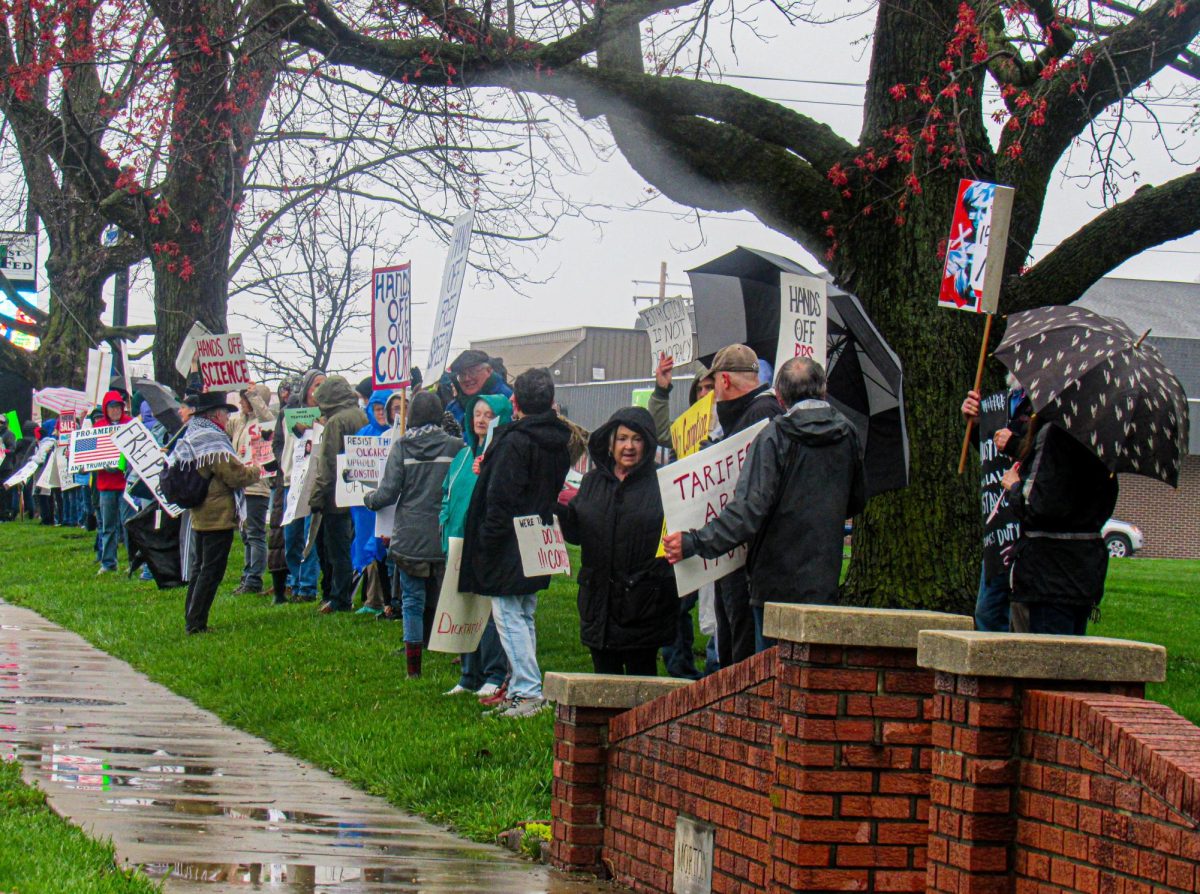
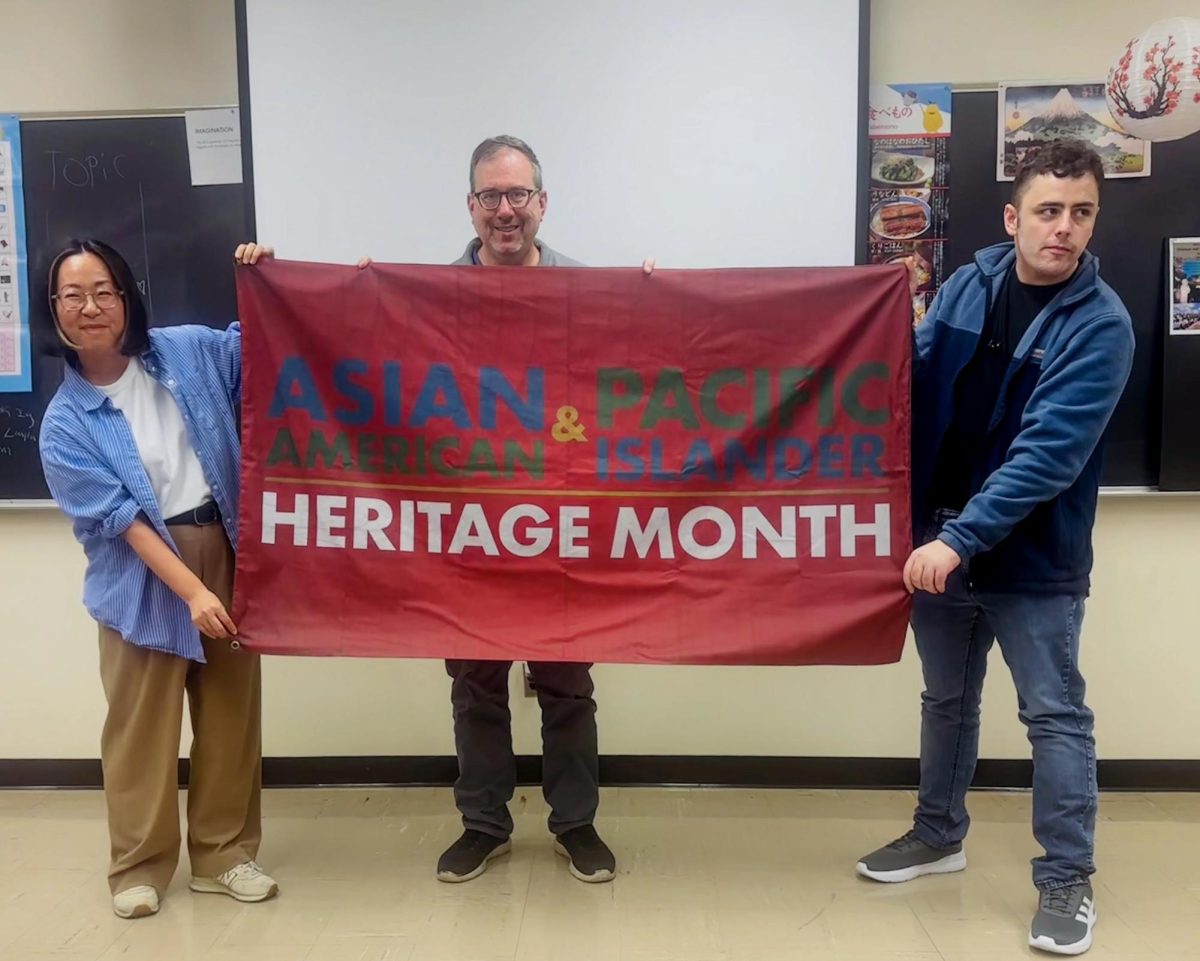
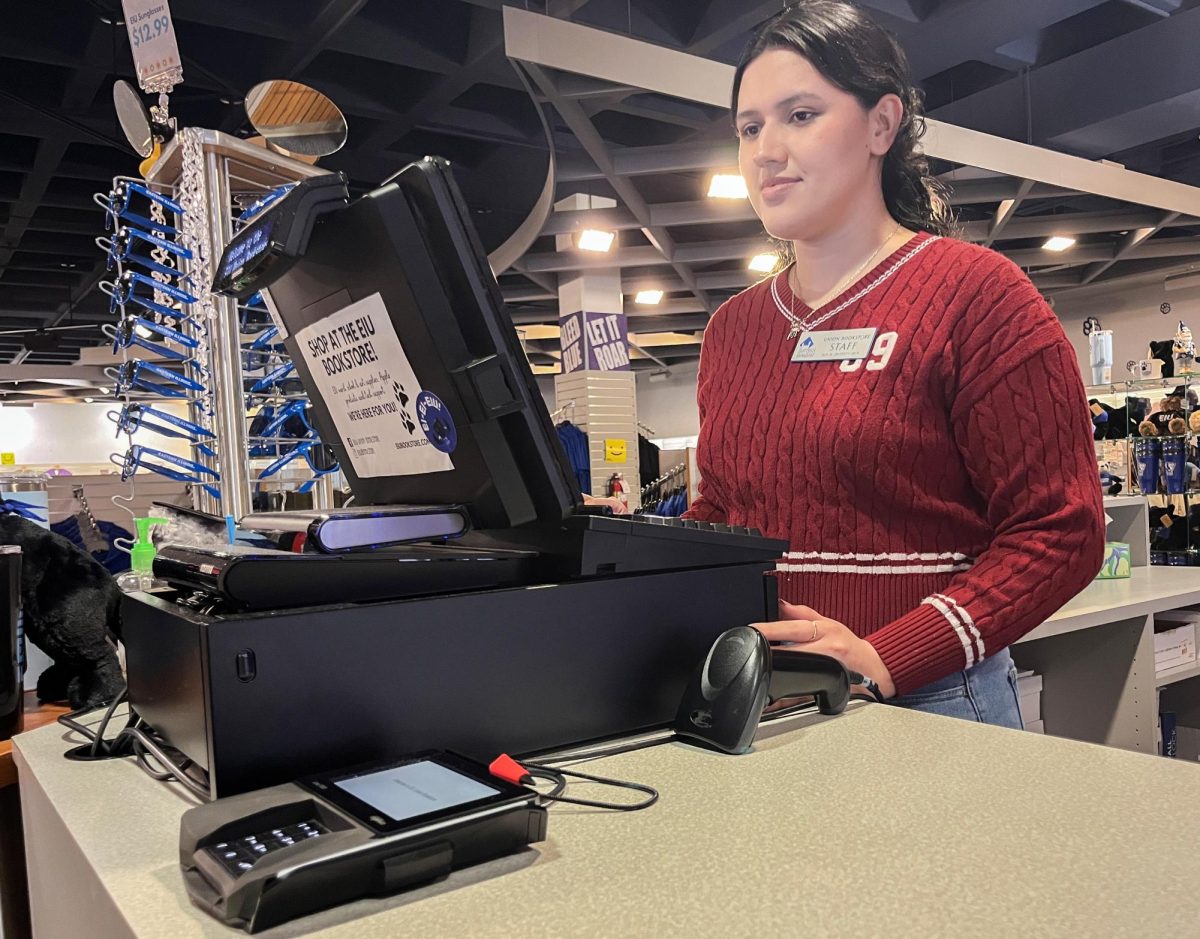


![[THUMBNAIL EDITION] (From left to right) Head football coach Chris Wilkerson works with his son student assistant coach Peyton Wilkerson at football practice at O'Brien Field on the Eastern Illinois University campus on Thursday.](https://www.dailyeasternnews.com/wp-content/uploads/2025/04/FB_25_O-1-e1744234837107-1200x596.jpg)


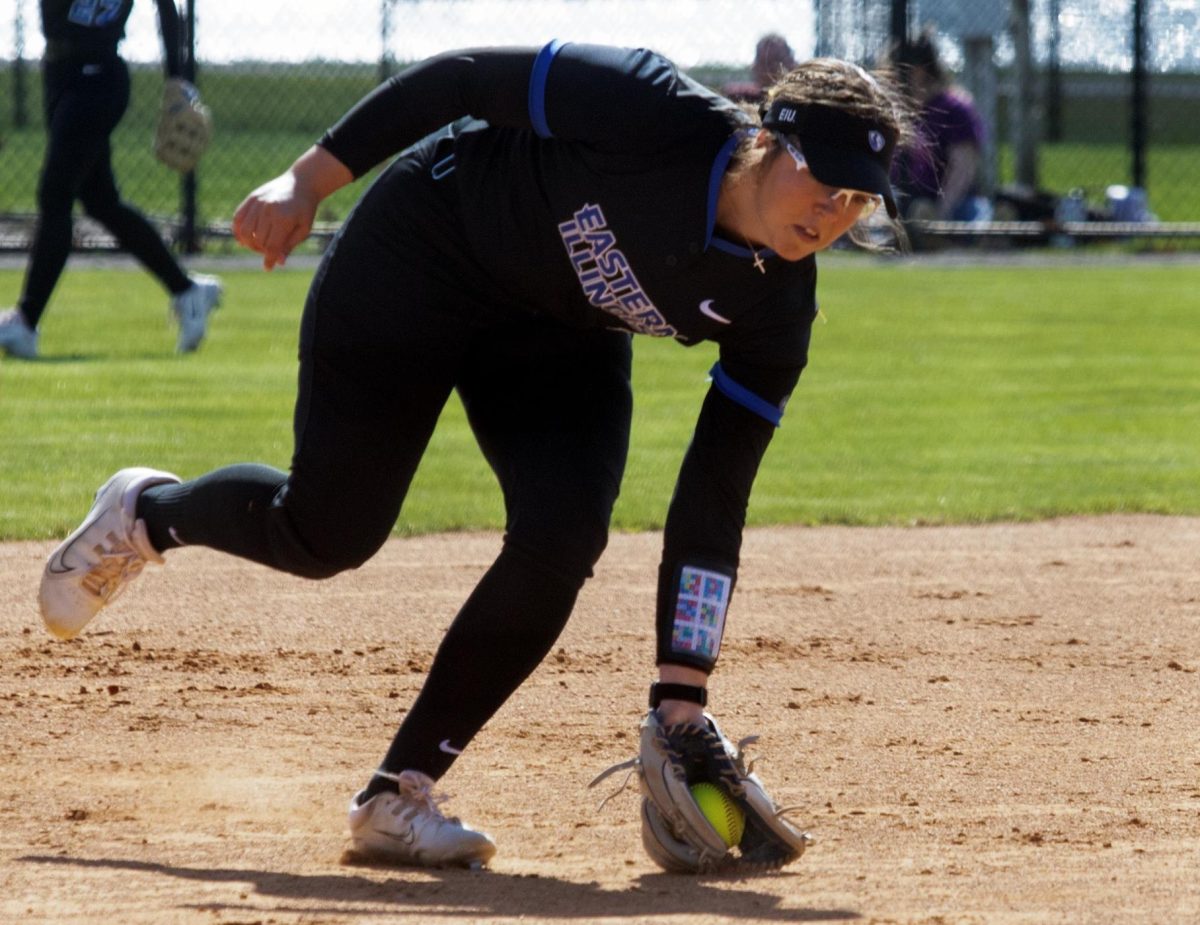

![[Thumbnail Edition] Charleston High School sophomore Railyn Cox pitches the ball during Charleston's 8-7 win over Flora High School on Monday, March 31.](https://www.dailyeasternnews.com/wp-content/uploads/2025/04/SBHS_01_O-1-e1743982413843-1200x1023.jpg)



![[Thumbnail Edition] Senior Foward Macy McGlone, getsw the ball and gets the point during the first half of the game aginst Western Illinois University,, Eastern Illinois University Lost to Western Illinois University Thursday March 6 20205, 78-75 EIU lost making it the end of their season](https://www.dailyeasternnews.com/wp-content/uploads/2025/03/WBB_OVC_03_O-1-e1743361637111-1200x614.jpg)












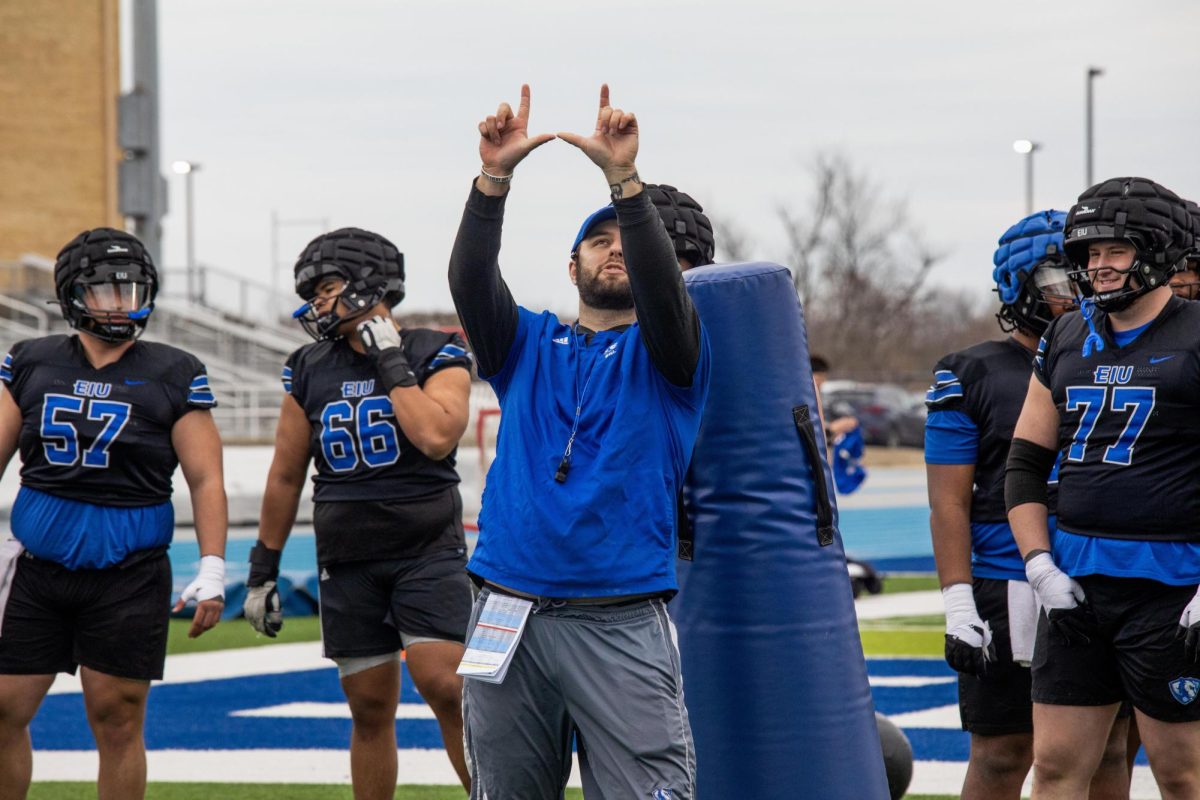







![[Thumbnail Edition] Eastern Illinois softball senior infielder Briana Gonzalez resetting in the batter's box after a pitch at Williams Field during Eastern’s first game against Southeast Missouri State as Eastern split the games as Eastern lost the first game 3-0 and won the second 8-5 on March 28.](https://www.dailyeasternnews.com/wp-content/uploads/2025/04/SBSEMO_11_O-1-e1743993806746-1200x692.jpg)















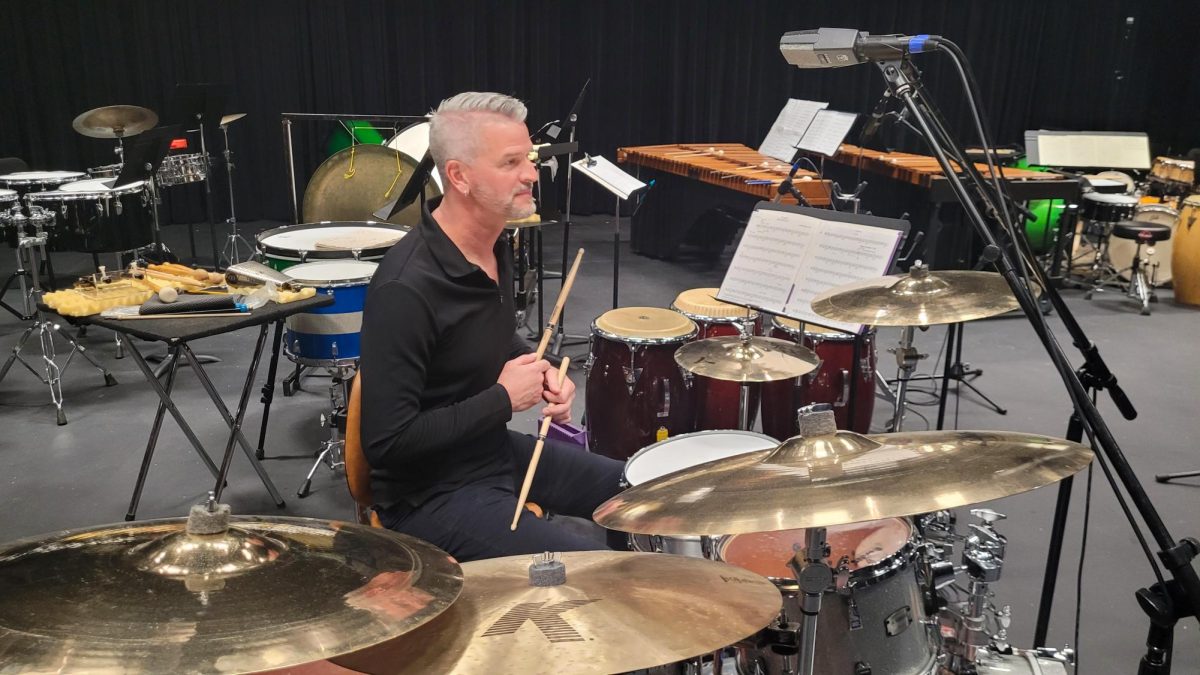
![The Weeklings lead guitarist John Merjave [Left] and guitarist Bob Burger [Right] perform "I Am the Walrus" at The Weeklings Beatles Bash concert in the Dvorak Concert Hall on Saturday.](https://www.dailyeasternnews.com/wp-content/uploads/2025/03/WL_01_O-1200x900.jpg)
















